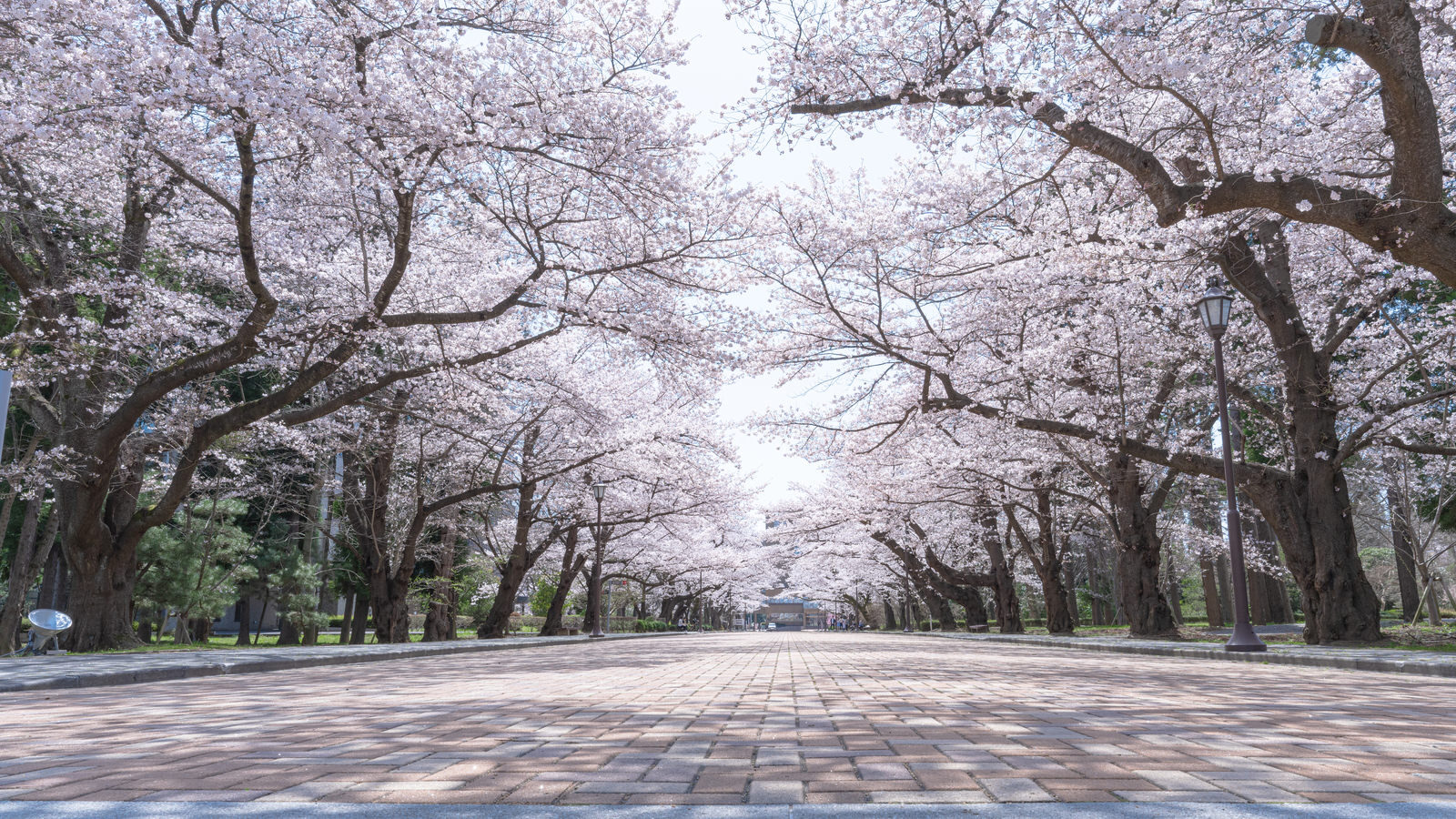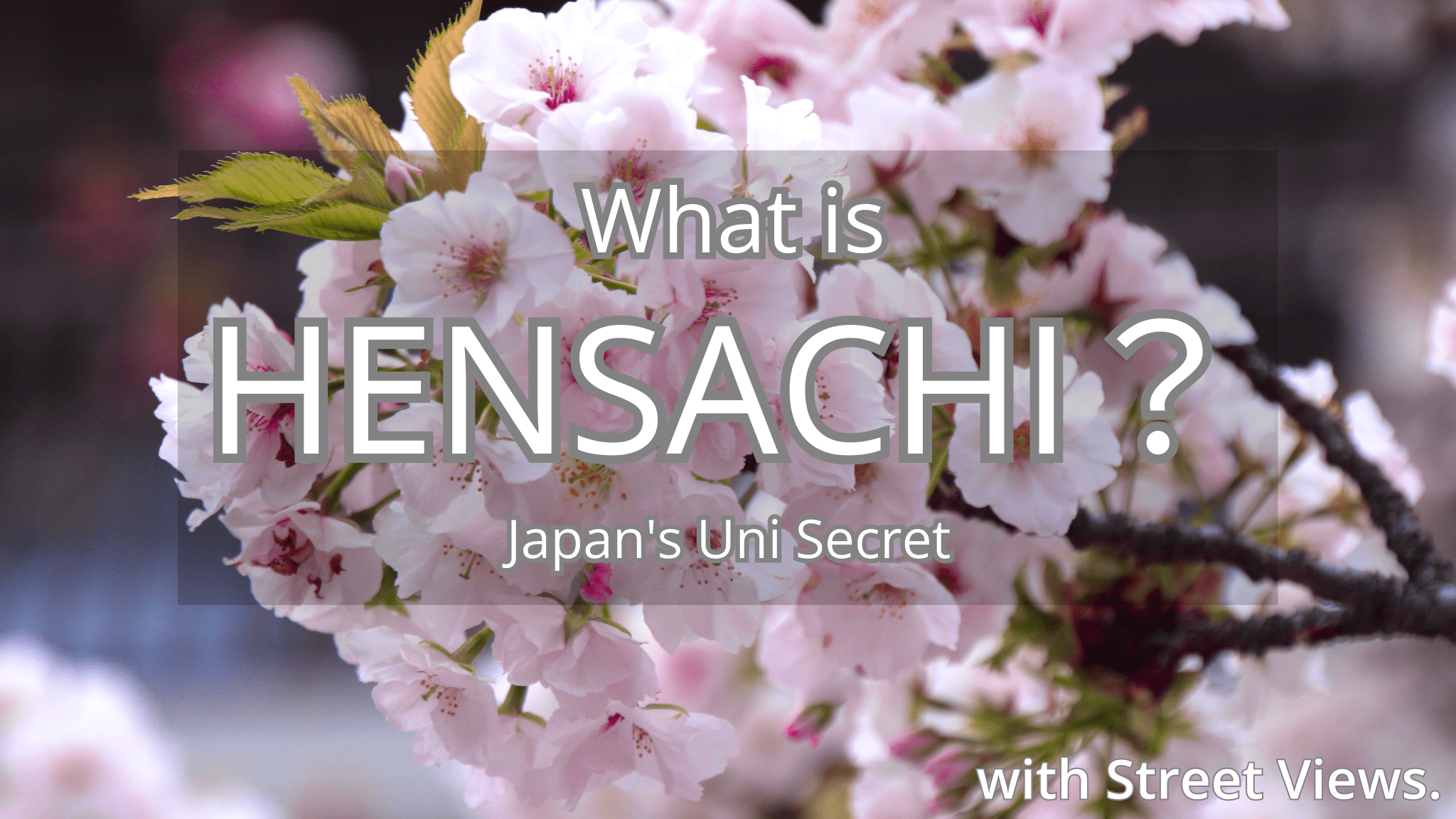This post is a transcript of my YouTube video about University.
—
Today we’re exploring what university truly means to Japanese students. This isn’t just about academics; it’s deeply tied to career paths and unique systems like “Hensachi.”
We’ll break down the major differences between National vs. Private universities, including costs and financial aid. Plus, discover some of Japan’s most famous institutions.
If you prefer watching, please check the videos below!
🎥 Watch on YouTube
What’s So Unique About Japanese Universities?
So, why does choosing a university matter so much in Japan?
Just like in many other countries, some students here choose their university based on what they’re truly curious about or passionate about studying, while others make their decision based on the advantages they believe they’ll gain by getting into a specific university.
Now, you might think, “That sounds pretty much like my country” But I believe the “advantage” we’re talking about here in Japan is actually a bit different from what you might be used to, especially if you’re from a Western country. It might be more similar to what you see in some other Asian countries like China or Korea.
In Japan, getting into a “good university” often leads to a “good company”. Many big companies in Japan offer positions exclusively to new graduates, and in this system, the university you attended can be a significant advantage. This emphasis on new graduates means that companies invest in training their employees from scratch, fostering a strong sense of company loyalty and a long-term career path within that single organization.
I think this is different from the job market in many Western countries where mid-career hires are more common.

What’s more, even beyond these specific new graduate positions, many Japanese companies require job seekers to have a university degree. Without this qualification, it’s very difficult for them to get a high-paying job. In fact, It’s common to see the same job offering different salaries depending on whether the applicant graduated from university or not. This strong preference for university graduates even for roles that might not strictly require a degree overseas, underscores the value placed on formal education in Japan’s corporate culture.
Because of this, some students don’t choose a university for its specific major or the network they’ll build. Instead, their primary goal is simply to get into a well-known, prestigious university to gain that brand recognition. They prioritize the university’s name and its reputation over specific academic programs or even the location.
This trend causes many students to intensely seek out a “good university”, but the definition of “good” here in Japan is quite different from what you might find in other countries, especially in Western nations.
What is the meaning of this “Good”

This “good” means the university has a high “Hensachi” score.
“Hensachi” is an indicator of how a student’s academic ability or a university’s difficulty level deviates from the average.
This score is often calculated from the results of practice tests for university entrance examinations.
Many students take these practice tests. The companies that administer these tests analyze the students’ scores along with their university application choices and their actual acceptance results. From this data, they calculate how far each student’s score deviates from the average test score. This calculated deviation is then used as the “Hensachi” score. Essentially, a high Hensachi means the university is harder to get into, indicating a higher level of perceived academic rigor and prestige.
If you’d like to know more about how it’s accurately determined, you can search for “Hensachi” on Google.
Many students truly care about this score and consider a high-Hensachi university as a “good” one. This is because they believe it reflects their academic ability, and society tends to regard individuals from such universities as highly competent.
Types of Universities: National vs. Private

So far, I’ve explained the tendencies of Japanese students and their surrounding environment when it comes to choosing a university.
Next,let’s dive into the different types of universities and their key characteristics.
Broadly speaking, there are two main types of universities in Japan: National and Private, and one of the biggest differences between these two is the tuition fee.
Just like in many other countries, private universities in Japan are generally more expensive than national ones.
According to data from the Ministry of Education, Culture, Sports, Science and Technology, tuition fees for both types tend to rise over the years. For national universities, it’s approximately $3,500 per year, while for private universities, it’s around $7,000 per year. However, it’s important to note that these figures can vary significantly depending on the student’s major.
For instance, fields like medicine or dentistry at private universities can be significantly more expensive than humanities or social sciences.
For families facing financial hardship, each national university often offers some form of financial aid. While the specific criteria for “financial hardship” are defined by each individual university, students meeting these conditions can receive aid as long as they maintain good grades. This aid typically comes in two forms: either a full exemption or a half exemption from tuition fees.

In addition to this traditional aid, a new system was recently introduced. This new aid program specifically targets families with three or more children and fully exempts their tuition, regardless of their financial status, as long as the students achieve good academic results. While there are some conditions to meet, this system can be incredibly helpful for these families.
I’d like to introduce some of Japan’s most famous national universities.
While there are many national universities across the country, the seven universities of Tokyo, Kyoto, Osaka, Hokkaido, Tohoku, Nagoya, and Kyushu are particularly renowned and traditional in Japan. These are often considered the top-tier national institutions.
These universities are highly competitive, attracting students from all over Japan who seek a rigorous academic environment and a prestigious degree.
On the other hand, there are also very famous and traditional private universities. Good examples include Keio University and Waseda University.
Beyond these well-known institutions, Japan has a multitude of other famous and attractive universities. If you’re interested in exploring them further, I encourage you to check out some specialized websites.
—
💬 Please share comments on Twitter or YouTube.
—
